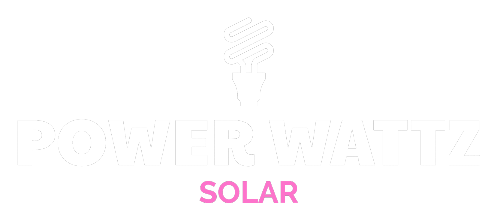
International renewable energy development company ib vogt has officially inaugurated the Segovia Cluster, a major solar energy project located in the Segovia region of Spain. The cluster comprises four large-scale photovoltaic plants — Serbal (174 MWp), Castaño (134 MWp), Pato (110 MWp), and Baobab (95.1 MWp) with a total installed capacity of 513.1 megawatts peak (MWp). The event was attended by regional government representatives from Castilla y León, mayors of nearby towns, and a delegation from the central government of Segovia, along with representatives from several global companies that have entered into long-term power purchase agreements (PPAs) for the electricity generated by the plants. These companies include Thermo Fisher Scientific, Corning Incorporated, and Equinix.
Spanning an area of 666.5 hectares and comprising over 887,000 solar panels, the Segovia Cluster is expected to generate approximately 1,036.6 gigawatt-hours (GWh) of clean electricity each year, enough to supply around 300,000 homes. In doing so, it will prevent more than 480,000 tonnes of carbon dioxide emissions annually. The energy produced is secured under PPAs, which not only guarantee long-term supply for the offtakers but also contribute to Spain’s renewable energy goals by promoting stable, low-emission energy infrastructure. The agreements provide certainty for both investors and local communities, while supporting environmental and economic sustainability.
The project has already brought tangible benefits to the surrounding region. During construction, ib vogt engaged workers from more than 19 different companies, contributing significantly to local employment. So far, the cluster has generated approximately €6 million in tax revenue, with an additional €1.3 million expected to be contributed annually over the 25-year operational life of the plants. Beyond the financial impact, the company also committed €1.3 million to implement environmental protection measures during the construction phase. These included monitoring of flora and fauna, noise assessments, topsoil preservation, archaeological supervision, and habitat improvements such as native plant fencing, nest boxes, ponds, and GPS tracking of bird nesting sites. Wildlife monitoring cameras were also installed to track adaptation to the new environment. Agrivoltaics integrating agriculture with solar energy was incorporated as well, with sheep grazing maintained across all four sites.
Andreas Schell, CEO of ib vogt, mentioned at the event, “The energy transition is far more than a strategic option—it is an ethical imperative. Spain stands before a once-in-a-generation opportunity to lead Europe in transforming its energy systems toward cleaner, cheaper, and more resilient electrification. This transition demands not only technology, but a shift in mindset: we must support battery deployment and properly compensate for essential system services that have long been overlooked. By doing so, Spain can become a beacon of sustainability and economic strength in Europe. With a highly capable team, a robust project pipeline, and—crucially—the support of national and EU policymakers, we are ready to deliver real, lasting change. This is our moment to act—not just for today, but for future generations.”
Anton Milner, former CEO of ib vogt, now supporting the company as a shareholder, said, “This is a pivotal moment in the way we power our world. The Segovia Cluster is the largest project portfolio in ib vogt’s history, made possible through strong collaboration between public and private institutions. Real progress comes from confronting complex markets with practical, impactful solutions—but private companies can’t do this alone. The sector needs clear, agile solutions, space for emerging technologies, and faster administrative processes. Innovation isn’t a choice—it’s the only way forward. Segovia demonstrates what’s achievable when we work together to decarbonize energy systems, rethink outdated models, and turn challenges into long-term opportunities for people, nature, and industry.”
In collaboration with the Natural Heritage Foundation of Castilla y León, ib vogt is continuing to support a range of regional conservation projects. These include initiatives such as the protection of the endangered Dupont’s Lark, renovation of the Wildlife Recovery Center, environmental education programs at the restored Ermita del Casuar site, and the installation of cameras for forest fire surveillance. Another €1.3 million has been allocated to these efforts throughout the lifetime of the projects, covering revegetation, environmental maintenance, and long-term ecological monitoring.
The inauguration ceremony featured remarks by Anton Milner, former CEO of ib vogt, and Andreas Schell, the company’s new CEO. Both leaders highlighted the strategic importance of the Segovia Cluster in promoting clean energy, long-term energy security, and innovation-driven development. They also spoke about the broader role of sustainable infrastructure in shaping Europe’s energy future. The Segovia Cluster reflects ib vogt’s broader commitment to combining renewable energy development with meaningful local impact. By tailoring the project to meet the needs of international PPA investors and prioritizing environmental stewardship, the company aims to create long-term value that supports both regional development and global decarbonization goals.
Related
Source link




